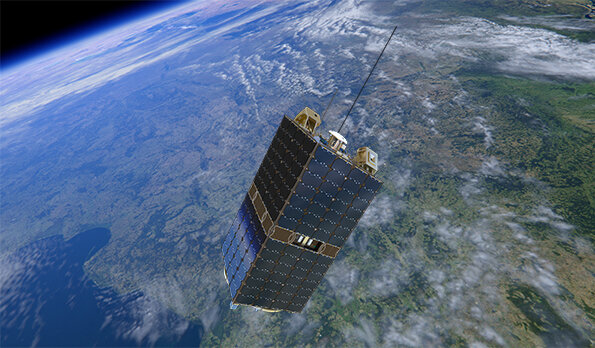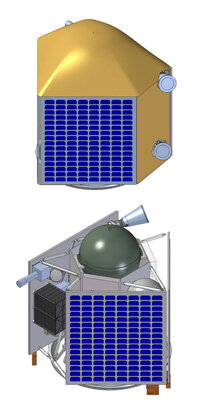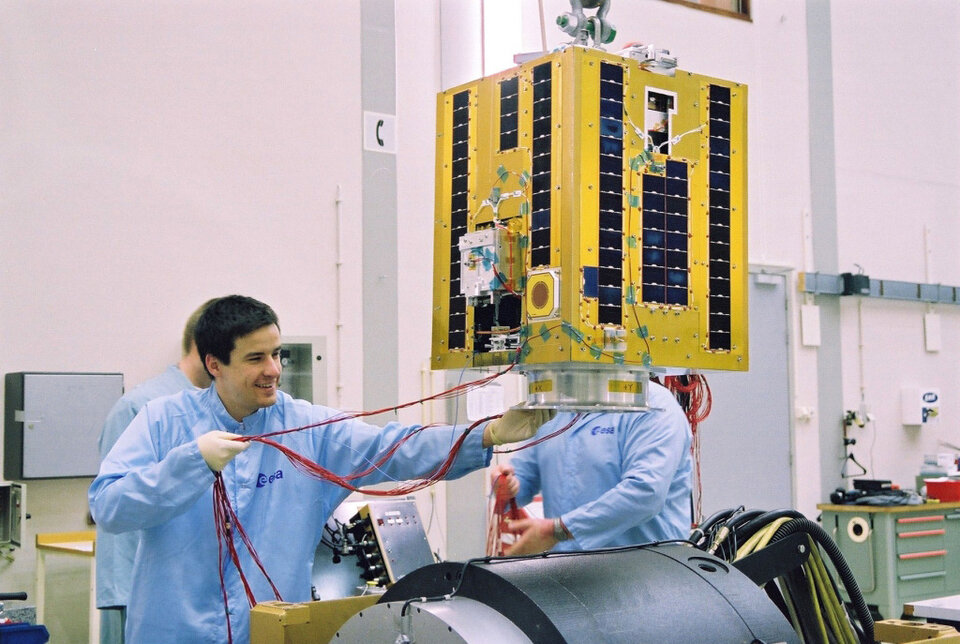Past projects

The European Student Earth Orbiter
ESEO (The European Student Earth Orbiter) was a microsatellite project with an educational objective. 10 Universities from eight member states participated in the project along with ESA and the mission contractor SITAEL culminating in the launch of ESEO in 2018.

European Student Moon Orbiter (ESMO)
The European Student Moon Orbiter (ESMO) represented an opportunity for students to design a lunar mission and so contribute to the scientific knowledge and future exploration of the Moon by returning new data and testing new technologies.
The ESMO spacecraft was conceived to be launched into Geostationary Transfer Orbit (GTO).

Global Educational Network for Satellite Operations (GENSO)
GENSO aimed at increasing the return from educational space missions by forming a worldwide network of ground stations and spacecraft which can interact via a software standard. This would fundamentally change the way that these missions are managed, dramatically increasing the level of access to orbital educational spacecraft.

SSETI Express
The objective of the SSETI Express project was to deploy CubeSat pico-satellites, take pictures of the Earth, act as a test-bed and technology demonstrator for ESEO hardware, and also function as a radio transponder for the global amateur radio community.
This micro-satellite, roughly the size of a washing machine, was placed in low-Earth sun-synchronous orbit by a Russian Cosmos 3M satellite from Plesetsk, Russia on 27 October 2005.

Young Engineers' Satellite YES2
YES2 is a demonstration of new technologies. It was the first time in history a thirty kilometre long tether was deployed in space and a parcel was shot back down to Earth from a tether.
The three-part experiment was mounted on the outside of the Russian research capsule Foton M3. The Foton M3 was launched into Earth orbit from the launch base at Baikonur, Kazakhstan on 14 September 2007.

STRAtospheric PLatform EXperiment
The STRAPLEX balloon campaigns offered students from European universities and high schools the opportunity to send experiments into the stratosphere using balloons filled with helium.
The STRAPLEX project was developed by the University of Porto, Portugal, in collaboration with ESA's Education Office.

ESA Lunar Robotic Challenge
A robot rover designed by a Bremen university team has won an ESA contest to retrieve soil samples from a lunar-style terrestrial crater. Eight student teams fielded rovers during the event, their progress monitored by an advanced 3-D viewer already flight-tested in space and planned for eventual deployment on the Moon.

